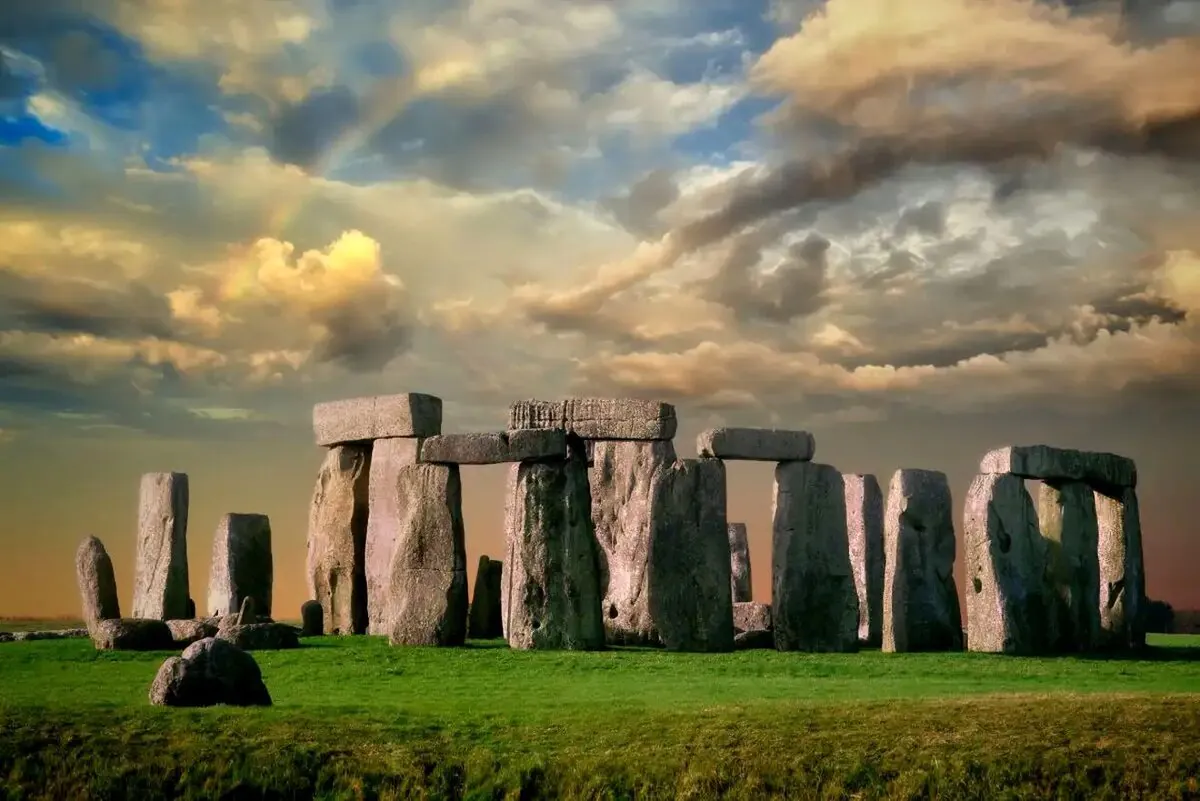The solstice is an astronomical phenomenon. Its essence lies in a certain position of the Sun, which deals with it twice a year – winter and summer. When a star hits its northernmost point as it moves along the ecliptic, the Northern Hemisphere is at the summer solstice – the longest day of light in the year, only getting shorter from here on out – and the moment the “astronomical summer” begins, which will last until the autumnal equinox in September.
How the summer solstice is celebrated

The celebration of the summer solstice has its roots deep in paganism. For example, one of the most common rituals performed on this day was the lighting of bonfires. The idea was that the flames would “chase away the darkness” and keep the days from getting shorter.
Many towns and villages across Britain still celebrate the solstice, but now in the form of festivals, cultural events, long picnics and watching the sunrise, but they don’t forget the ritual bonfires either.
As well as the famous one-day festival at Stonehenge, colorful parades take place in Cornwall. Participants do “snake dances,” set off fireworks, make costumes, masks and hats, play bagpipes and put on other colorful impromptu performances throughout the county.
Why Stonehenge is so important for the summer solstice

This huge stone structure dates back to around 3000 BC. Although there are many versions and arguments about its true purpose and date, one of them is that the stones of Stonehenge are set to point to the most important events of the annual cycle – sunset, on the shortest day of winter, and sunrise, on the summer solstice. It is in these moments that the monument is illuminated in a unique way. And only on one day a year – the summer solstice – does the rising sun illuminate the center altar.
The summer solstice festival at Stonehenge annually attracts tens of thousands of curious tourists, fans of Vedic cultures, neo-pagans and even real Druids, who stand out among the rest with their fancy cloaks, amulets and other shamanic paraphernalia. And the rising sun is traditionally greeted with applause and silent meditation.
Ancient pagans believed that Summer Solstice had a special power, and at this time the veil between our world and the otherworld becomes especially thin.
If you don’t make it to Stonehenge for some reason, the sunrise and sunset will be streamed live on English Heritage’s official YouTube channel .
